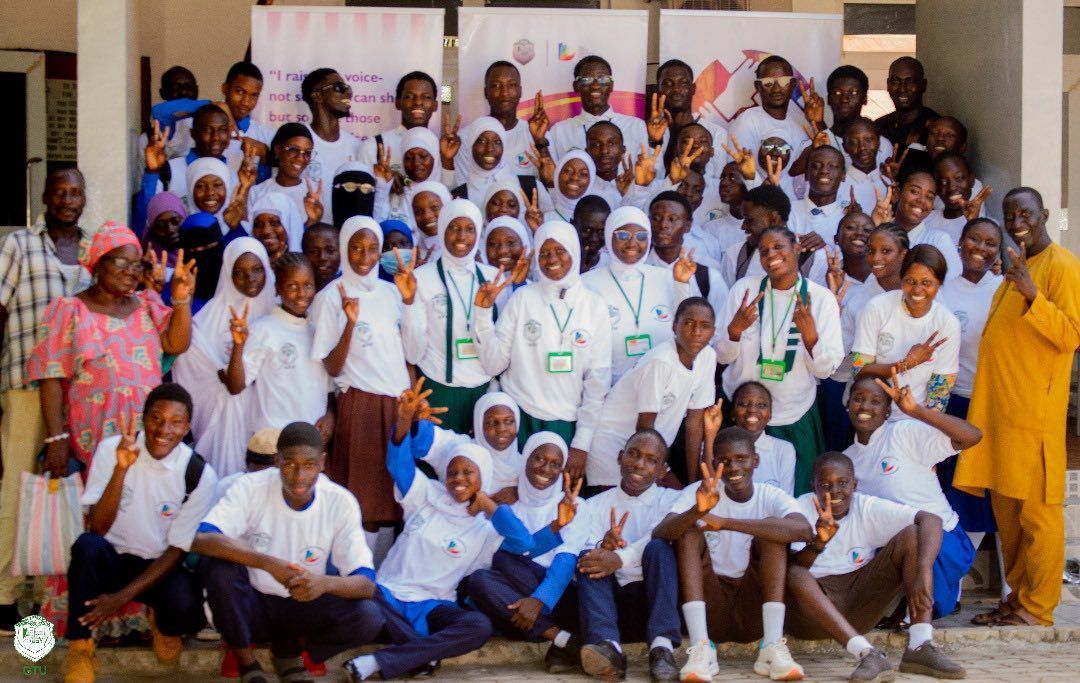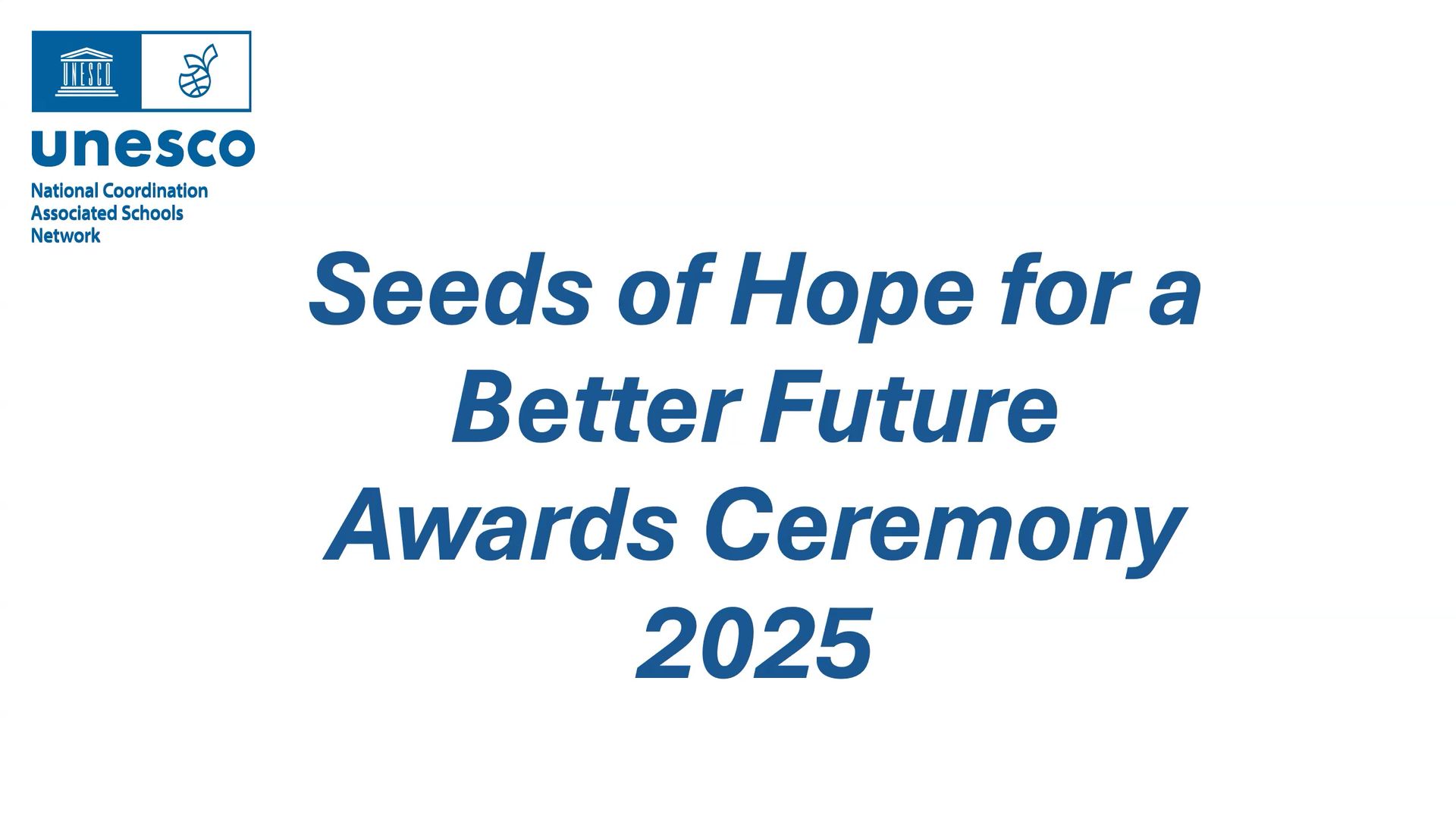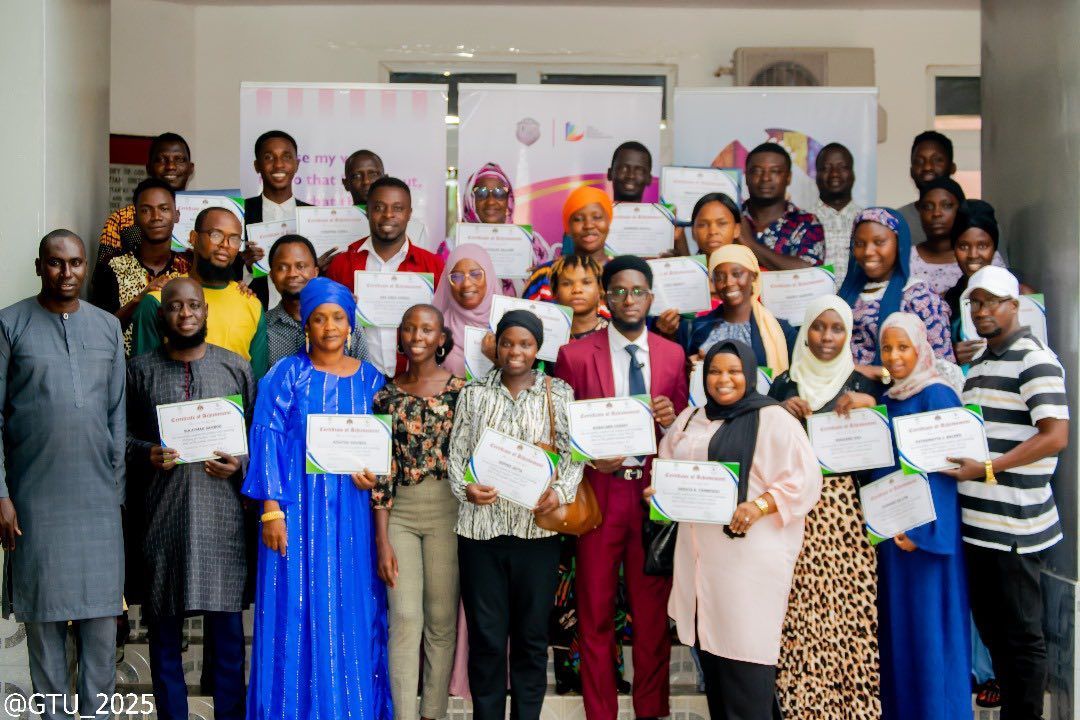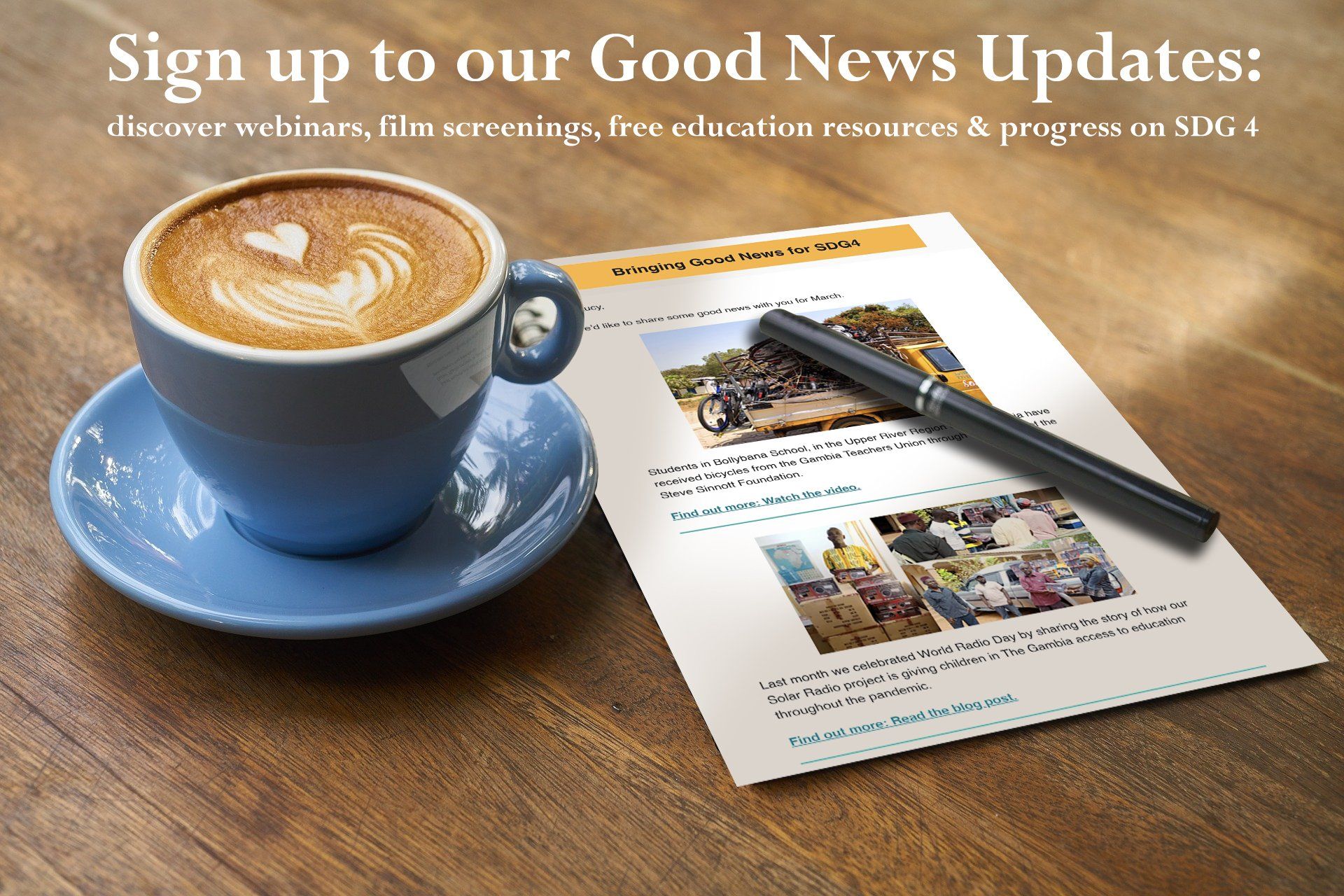Storytelling as a teaching device

The Power of Story in Role Play
Debra Kidd took us through an example of using storytelling to look at and investigate water reserves.
She demonstrated how developing one story with the children could tie in a number of different parts of the curriculum.
In this example the children role played the researchers for a water charity and the teacher took the role of the CEO of the charity wanting to work in this area. This story was able to draw together all these strands of the curriculum into the one story.
· The geography of Bangladesh
· Flood plains, rivers and mountains
· Climate change
· Poverty and land use
· Forces (water and resistance)
· Design Technology
· Plants and growth
· Weather patterns and the water cycle
· Human resilience and achievements
· Reading for information
· Writing to inform, to persuade, to entertain
· Data handling, measuring
At each stage of the story she used powerful photographs to set the scene of the problem. Here is an example of how she builds a story with the children.
“How do we get these boys off the roof? What do you notice?”
The freeze time! And ask… “Where are we taking them? What right do we have to take them?”
The next photograph may be of a rescue centre. Throughout the process of building the story ask questions, the image will help to draw out observations and thus good questions.
“How do we keep things safe here? How do families meet and connect with each other?”
Offer questions too. “How do we prove we are trustworthy?” How are logo’s and branding used in these situations. What are symbols and how are they used by people. “How does that change the way people behave when they are wearing these symbols?”
When we have solved one situation, offer a new dilemma. “What else do the boys need?”
Actually, they really want to meet their father. BUT the father doesn’t want to meet them
So we ask WHY?He explains that his farm keeps flooding, his wife has died, he has nothing to feed the boys with, they are hungry, he feels he can’t look after them anymore, and he wants you as a charity to take them and give them a better life.
Freeze time and discuss this with the children again. Is he bad? Why is he doing this? Is there anything else we can do to help them, without them being dependant on outside help.
Surely there is something we can do? Shift children away from just feeling sorry for people, but to develop hope and find a solution. The children are then powered by questions. Why does the place keep flooding, explore the geography, how is climate change altering this?
Working together online the children can contribute images, sound files, ideas, videos, for what could be made to help these people. They could use Minecraft, for example, to build a model of what could be made.
A great online resource for sharing different kinds of media is called Padlet. (https://padlet.com/ ) she uses it for the children to gather their ideas and the things they have found.
If you want to take the story to the next level, you could ask - “That was too much water, what about too little water. How can we save water and look after our own resources?”
NEU remote learning hub
Alex Kenny, explained that it was really important to Share knowledge on this and offered some links to help with this. Urging teachers to use these links to please talk to each other to help and see what others are doing that works.
https://nationaleducationunion.foleon.com/neu-remote-learning-portal/neu-remote-education-hub/home/
https://nationaleducationunion.foleon.com/neu-remote-learning-portal/neu-remote-education-hub/home/
https://guild.co/app/joining-guild?accessCode=DKw9m2ysE
The power of Story in Early Years
Lucy Coleman suggested that we use what is already out there, there are lots of resources available. (the Steve Sinnott Foundation has a great resource pack where we have pulled together many different resources into one place for this https://www.stevesinnottfoundation.org.uk/resources)
In early years the partnership with parents is really important, and now through remote learning we can empower them so that they can help even more. Create a dialogue with them because they won’t know what to do otherwise).
A simple example of what parents can do is as children play ask, “Tell me a story, about what you are doing.” Their parent can write it down and then can role play it back with the child.
Make sure the resources are diverse, and show equality, here are some useful ones.
https://www.bristolearlyyears.org.uk/early-learning/home-learning/
https://speechandlanguage.info/parents/activities
Reclaiming Education
Daniel Kebede ended with a call “Let’s reclaim education for our children sakes, we can make changes, this era has shown that there are other ways to do things.”
Thank you for reading. If you use storytelling as a teaching tool, tell us about it in the comments below.






